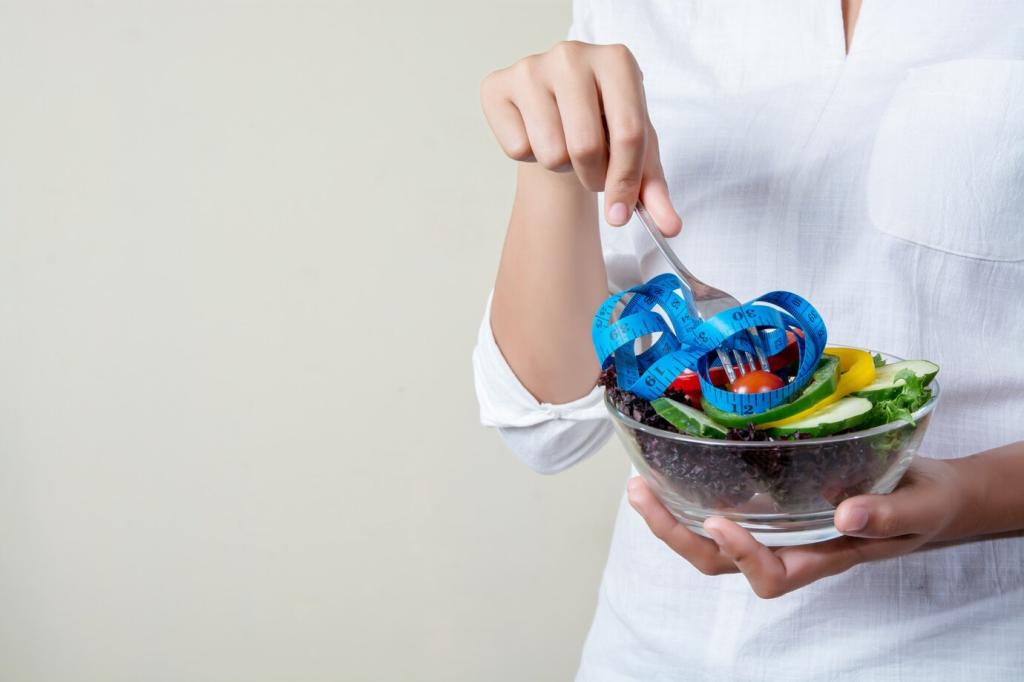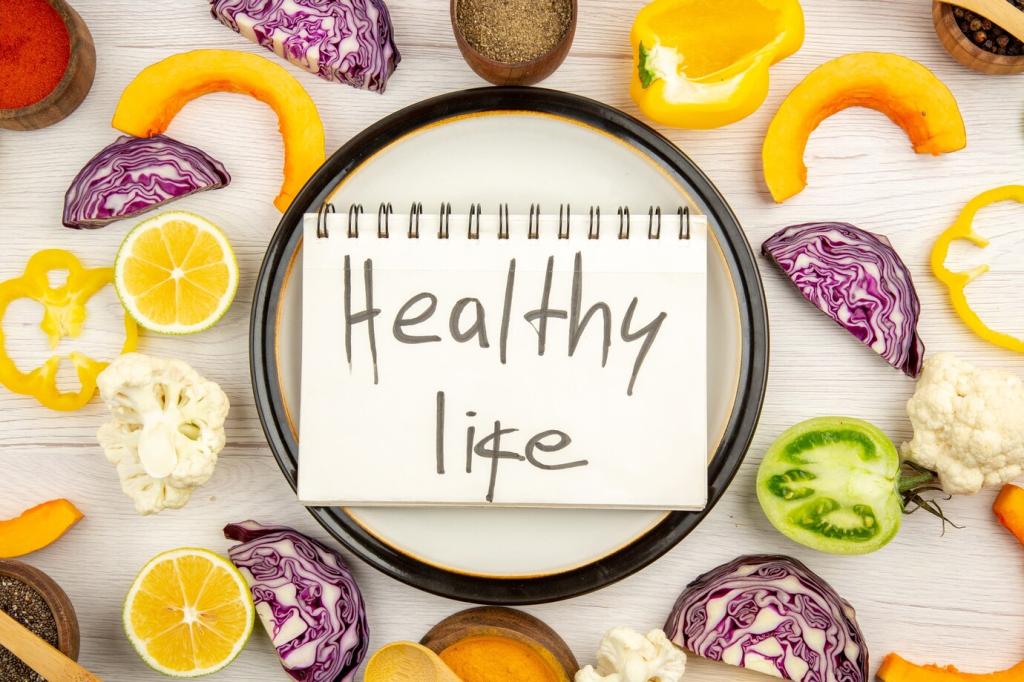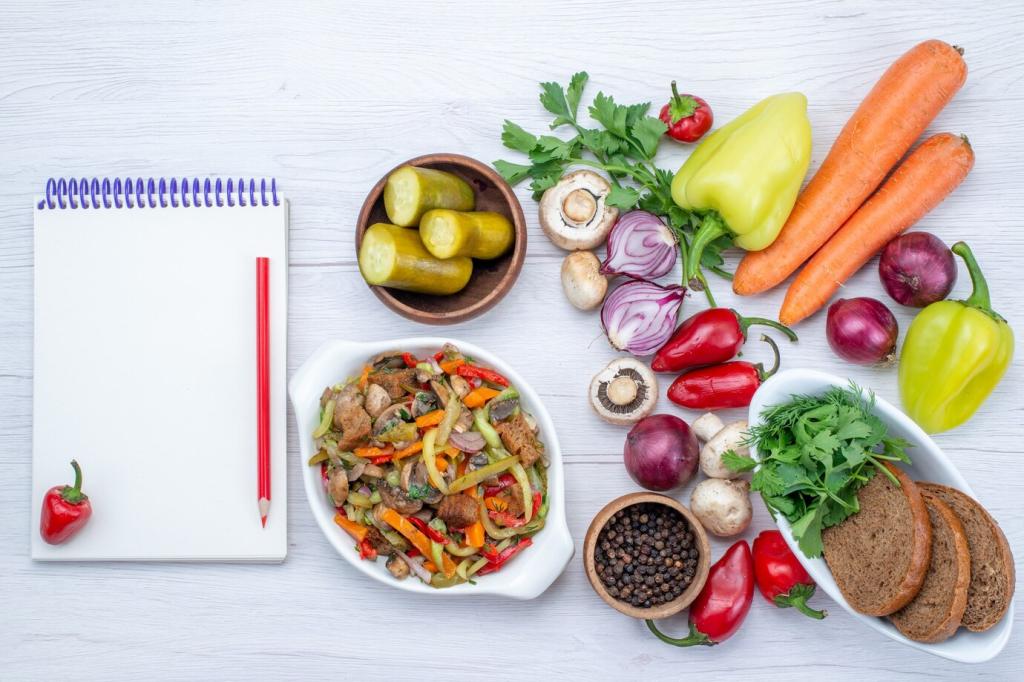Meal Planning for Athletic Success: Fuel With Purpose
Foundations of Performance-Focused Meal Planning
Your meals should respect how you produce energy: quick bursts rely on phosphagen and glycolytic systems, while endurance leans oxidative. Prioritize carbohydrates for intense work, protein for repair, and healthy fats for sustained energy. Start by targeting 1.6–2.2 g/kg protein and scale carbs to training load.

Foundations of Performance-Focused Meal Planning
Eat a balanced pre-session meal two to three hours before training, focusing on easy-to-digest carbs and moderate protein. During long sessions, aim for 30–60 grams of carbohydrates per hour. Afterward, combine carbohydrates and protein within an hour to accelerate glycogen replenishment and muscle repair.

Smart List Building by Macro Targets
Start with your weekly protein total, then choose versatile staples: eggs, Greek yogurt, tofu, tuna, chicken thighs, and lentils. Add carbohydrate bases like oats, rice, potatoes, and wraps. Don’t forget fats such as olive oil, nuts, and avocado. Organize your list by store section to save time and willpower.
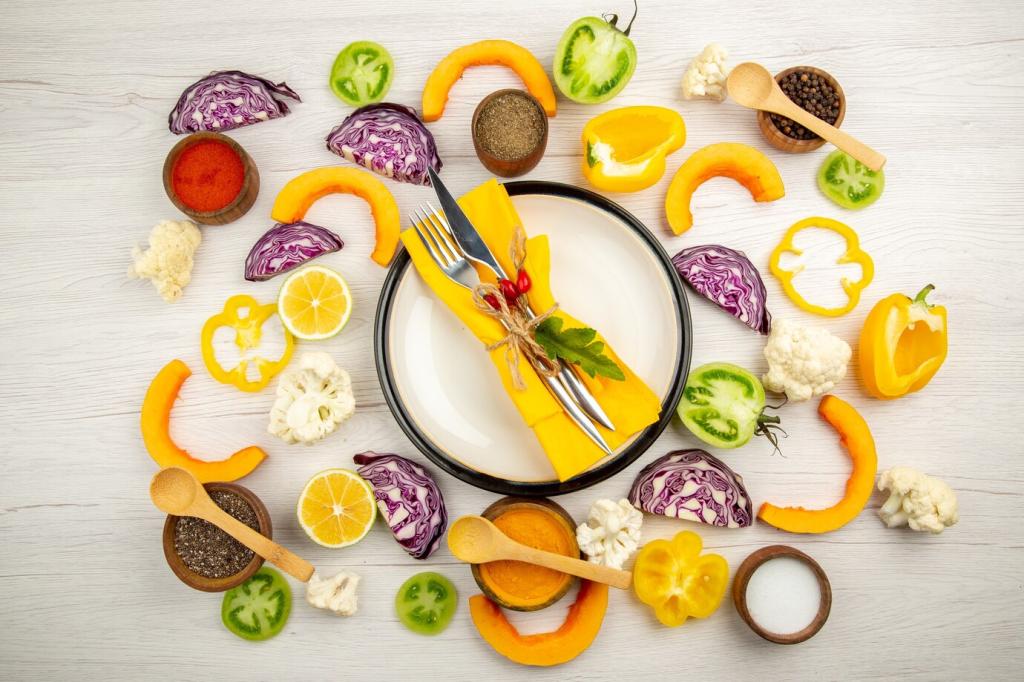
Weekend Batch Cook Playbook
Dedicate ninety minutes: roast two proteins, cook two grains, chop three colorful vegetables, and mix one big recovery sauce. Portion into labeled containers for pre-, post-, and everyday meals. This reduces weekday decisions, keeps fueling aligned with training, and protects your energy for performance.

Freezer and Pantry Insurance Policy
Stock frozen berries, mixed vegetables, edamame, and pre-cooked rice for emergencies. Keep shelf-stable tuna, beans, broth, tomato passata, and quick oats ready. With spices, seeds, and nut butters, you can assemble a performance plate in minutes. Share your best five-minute recovery meal below.
A Week of Menus Aligned to Training Intensity
High-Intensity Day Fuel Plan
Breakfast: oatmeal with banana, honey, and Greek yogurt. Pre-session snack: rice cakes with jam. During: sports drink or chews for 30–60 grams carbs per hour. Post: rice, chicken, roasted peppers, and pineapple. Dinner: salmon tacos with slaw. Subscribe to receive a printable checklist for sprint days.
Endurance Day Fuel Plan
Breakfast: bagel, eggs, and fruit. During long efforts, sip fluids and take gels every thirty to forty-five minutes, plus electrolytes if hot. Post: quinoa bowl with beans, sweet potato, and citrus dressing. Dinner: pasta with tomato-lentil sauce. Share your gel strategy; we’ll help fine-tune intake.
Rest and Recovery Day Fuel Plan
Dial back carbohydrates slightly and elevate colorful plants and protein. Lunch: big salad with chickpeas, avocado, seeds, and lemon-tahini. Snack: kefir and berries. Dinner: herbed cod, farro, and broccoli. Focus on sleep-supporting foods like kiwi and magnesium-rich greens. Tell us your favorite recovery dinner.
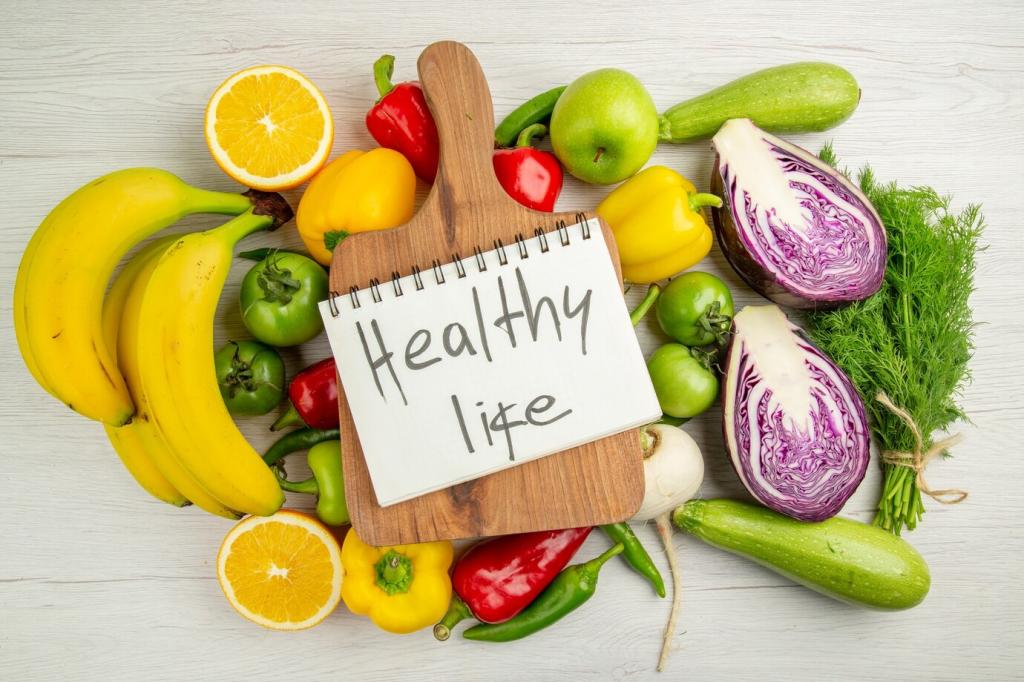
Micronutrients That Protect Performance and Recovery
Endurance athletes may need careful iron attention. Combine iron-rich foods with vitamin C for better absorption, and space from calcium. Support bones with dairy or fortified alternatives and sensible sun exposure. Always individualize with labs and professional guidance to avoid under- or over-supplementation.
Micronutrients That Protect Performance and Recovery
Color equals compounds that help you recover. Aim for berries, leafy greens, orange squash, tomatoes, and purple cabbage. Include omega-3 sources like salmon or walnuts. Try turmeric with black pepper for better absorption. Comment with your most colorful bowl and inspire the community to diversify plates.
The Sprinter Who Finally Ate Breakfast
A 200-meter sprinter kept skipping breakfast, then faded in session back halves. We built a five-minute yogurt, granola, and banana routine. Energy steadied, cramping disappeared, and a season’s best arrived. What’s your non-negotiable pre-training bite? Share it so others can steal the idea.
The Triathlete Who Solved Mid-Ride Gut Issues
Long rides ended with nausea until we simplified fueling: lower-fiber pre-ride meal, measured fluids, and steady gel cadence. Gut training over four weeks removed distress, and power late in rides climbed. Comment if you’ve battled this; we’ll outline a gradual gut-adaptation plan.
The Lifter Who Timed Carbs for Volume
A strength athlete stalled on volume days. We added a pre-lift carb snack and a quick post-lift recovery bowl. Sets felt lighter, accessory work returned, and weekly tonnage rose. Want our two-minute recovery recipes? Subscribe and we’ll send a ready-to-use rotation.
